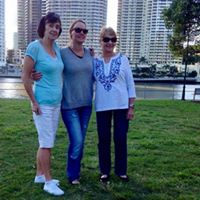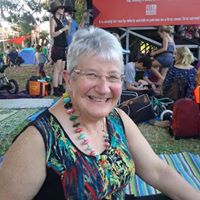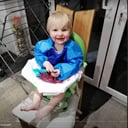As of 2020, which company became recognised as having the world's oldest branding & packaging?
Golden syrup or light treacle is a thick amber-coloured form of inverted sugar syrup made in the process of refining sugar cane or sugar beet juice into sugar, or by treatment of a sugar solution with acid.
Formulated by the chemists Charles Eastick and his brother John Joseph Eastick at the Abram Lyle & Sons (now part of Tate & Lyle) refinery in Plaistow, London, 'Lyle's Golden Syrup' was first canned and sold in 1885.
Eastick became aware of the fact that a by-product of the sugar refining was a syrup which was usually sold off cheaply as pig-food. He thought that, given some adjustment, this syrup could be adapted for human consumption. His company did well and expanded to London.
Originally, golden syrup was a product made at the white sugar refinery from the recovered mother liquor (recovered molasses) "washed" off the raw sugar crystals in the process of creating white sugar.
The free glucose and fructose present in golden syrups are more water-soluble than the original sucrose. As a result, golden syrups are less likely to crystallize than a pure sucrose syrup.
Lyle's Golden Syrup, made by Tate & Lyle, remains one of the best known UK brands. There are two other UK sugar refiners, British Sugar who make an equivalent product under its Silver Spoon brand, and Ragus Sugars, who make the 'Eastick's & Ragus' Golden Syrup brand.
In 2006 it was recognised by Guinness World Records as having the world's oldest branding and packaging.
More Info:
en.wikipedia.org





